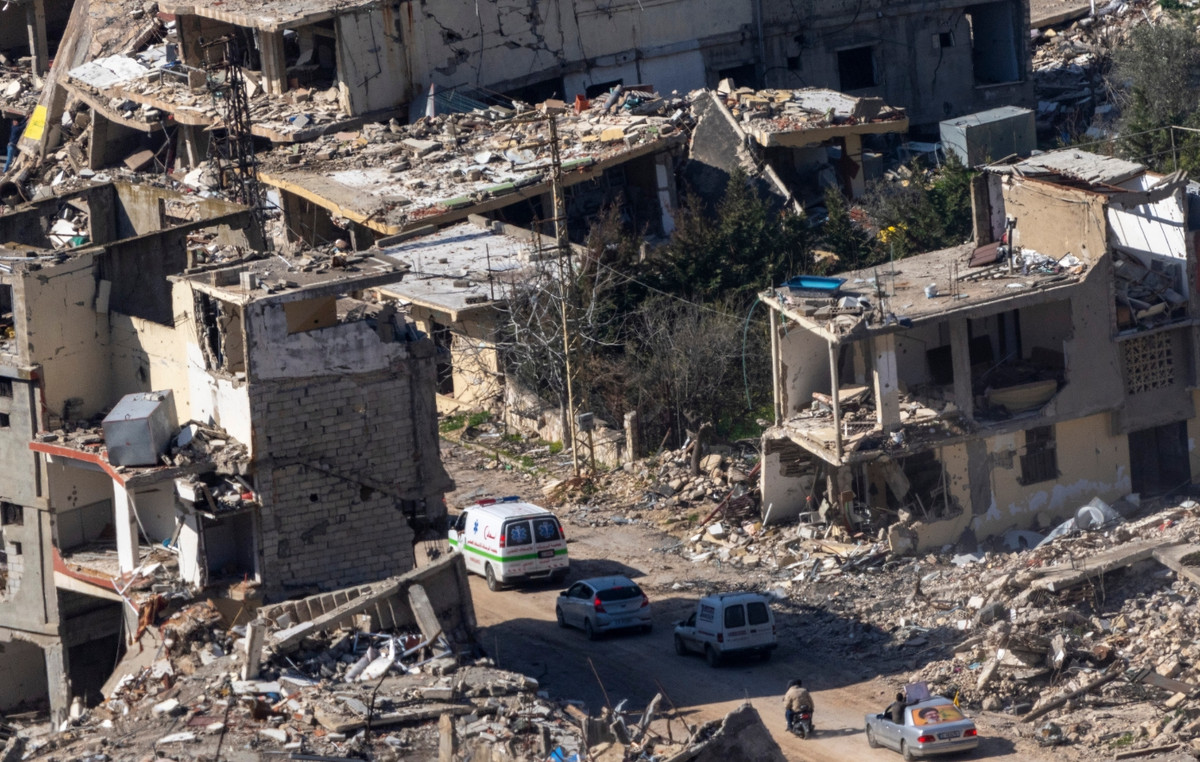General assistant Rodrigo Silva’s backpack was heavier than usual this Friday (11) at Praça da Sé, in the central region of São Paulo. In addition to two T-shirts and a pair of shorts, she had the mission of guarding the tent where the 32-year-old from Ceará lives. Obviously it didn’t fit: half stayed out. Rodrigo says that he will wait for the “dust to settle” before installing the tent again.
The dust was raised on Thursday (9), when the City of São Paulo carried out a movement to prevent the use of camping tents in the Sé region during the day, according to homeless people. Makeshift dwellings can only be set up at night. As a result, people wandered through the downtown streets or decided to move to other neighborhoods, such as Canindé and Bom Retiro.
This action takes place three days after Mayor Ricardo Nunes (MDB) declared that he will remove the tents. “We need to have an order in the city, an organization. could never have a tent [pela legislação]. There was an exception during the pandemic. The City Hall is providing the conditions for people to move to the reception places with dignity”, said the mayor. “We are expanding our receptions in the medium and long term.”
In addition, the new deputy mayor of the Cathedral, Colonel Álvaro Batista Camilo, proposed the removal of tents for people who refuse to be offered shelter. The Public Prosecutor’s Office for Human Rights of the Public Ministry of São Paulo opened a civil inquiry to investigate the guidelines.
On Thursday, the intervention of municipal power extended to Praça da Sé and Pátio do Colégio. Nearby places, such as Largo de São Bento and Praça do Patriarca, still housed rows of tents. The Minhocão marquee, where dozens of homeless people are concentrated, also remains occupied by makeshift housing.
Residents in the region say that the action was tense, but that there was no conflict. Rodrigo fears that the City Hall will not allow the return to those streets even at night, as announced by City Hall officials.
With the same fear, others decided to look for another place to live, like housewife Angela Pereira, 35 years old. Living on the streets of the Center for three months, after divorcing her husband, she carried her clothes and tent towards Canindé. “The tent is my home now,” she says.
Usually associated with tourism, tents have become a symbol of the growth of the homeless population in São Paulo. In two years, this population grew 31%, according to the City Hall.
The last census showed 31,884 people on sidewalks, squares or under overpasses. Housing reflects a new profile: families who lost jobs during the pandemic and are no longer able to pay rent. They grew 230% between 2019 and 2021, according to the City Hall. While in the previous census there were 2,051 points approached with makeshift tents, in 2021, 6,778 points were reported.
Reviews
The City Hall’s initiative provoked opposing reactions. Deputy Guilherme Boulos (PSOL-SP) filed a representation with the Public Ministry of São Paulo on Wednesday (8) to prevent the removal of the tents.
In addition to citing Mayor Ricardo Nunes, Boulos mentions the deputy mayor of the Cathedral, Colonel Alvaro Batista Camilo, who informed, in an interview with the “Metrpoloes” portal, that inspection teams will once again collect tents from homeless people and, if necessary, chemical ammunition will be used. “The idea is to work intelligently to prevent it from reaching the point of occupying the territory. Will there come a time when you will need to use chemical ammunition? Go,” said Camilo.
There are no vacancies to welcome all homeless people. This is the opinion of Father Júlio Lancellotti, coordinator of the Pastoral do Povo de Rua of the Archdiocese of São Paulo and who has been carrying out actions to welcome the vulnerable population for years. “People are roaming and changing locations. They have nowhere to go. Where are the houses for the street population to live?”
Sociologist Paulo Escobar sees in the actions of the municipal government an attempt to erase poverty in the capital of São Paulo. “For those who don’t have a home, the tent is their home. It is a hygienist, vertical policy that does not listen to the homeless, who are a plural and diverse population. It is more of the same, an action without a housing policy”, criticizes the member of the Aporophobia Observatory Dom Pedro Casaldáliga.
What does City Hall say?
In a note, the Subprefecture of the Sé informs that “this is not a specific operation, but a janitorial action that occurs routinely in all regions of the city”. “For the homeless population, in addition to offering reception, shelter, food and health services, municipal management also complies with Decree 59.246/2020, which reconciles the right of the homeless population with the need cleaning, maintenance and fluidity of urban space.” The municipal authority informs that personal property is not collected.
The decree also defines what may or may not be subject to seizure. Objects that characterize a permanent establishment in a public place may be collected, especially when preventing the free movement of pedestrians and vehicles, such as beds, sofas, mattresses and tents or other durable goods that are not characterized as personal use.
The Municipal Secretariat of Subprefectures informs that “it repudiates abuses and when there are complaints these are investigated and arbitrary acts are punished in accordance with the law and administratively”. “Professionals who work in the service on a daily basis are guided on the principles of the law and respect for citizens.”
The Municipal Secretariat for Assistance and Social Development points out that, in January 2023, it carried out 691 services in Praça da Sé and surroundings. Of these, 396 resulted in referrals to reception services, 70 to Coexistence Centers and 225 referrals to social assistance network services.
During the approaches, referrals to the services of the social assistance network of the City Hall are offered, as well as the presentation of the other public policies of the Municipality, with the objective of creating bonds, promoting the exit from the streets and family return.
In 2022, the government of the State of São Paulo offered six buildings from the former Casa Foundation to create another 600 new vacancies for the homeless population. The first two units, each with a capacity for 100 spaces for families, were delivered in August and September, in Itaim Paulista, on the east side. In 2023, another four pieces of equipment will be delivered, which will operate in former Fundação Casa buildings.
Source: CNN Brasil
I’m James Harper, a highly experienced and accomplished news writer for World Stock Market. I have been writing in the Politics section of the website for over five years, providing readers with up-to-date and insightful information about current events in politics. My work is widely read and respected by many industry professionals as well as laymen.







